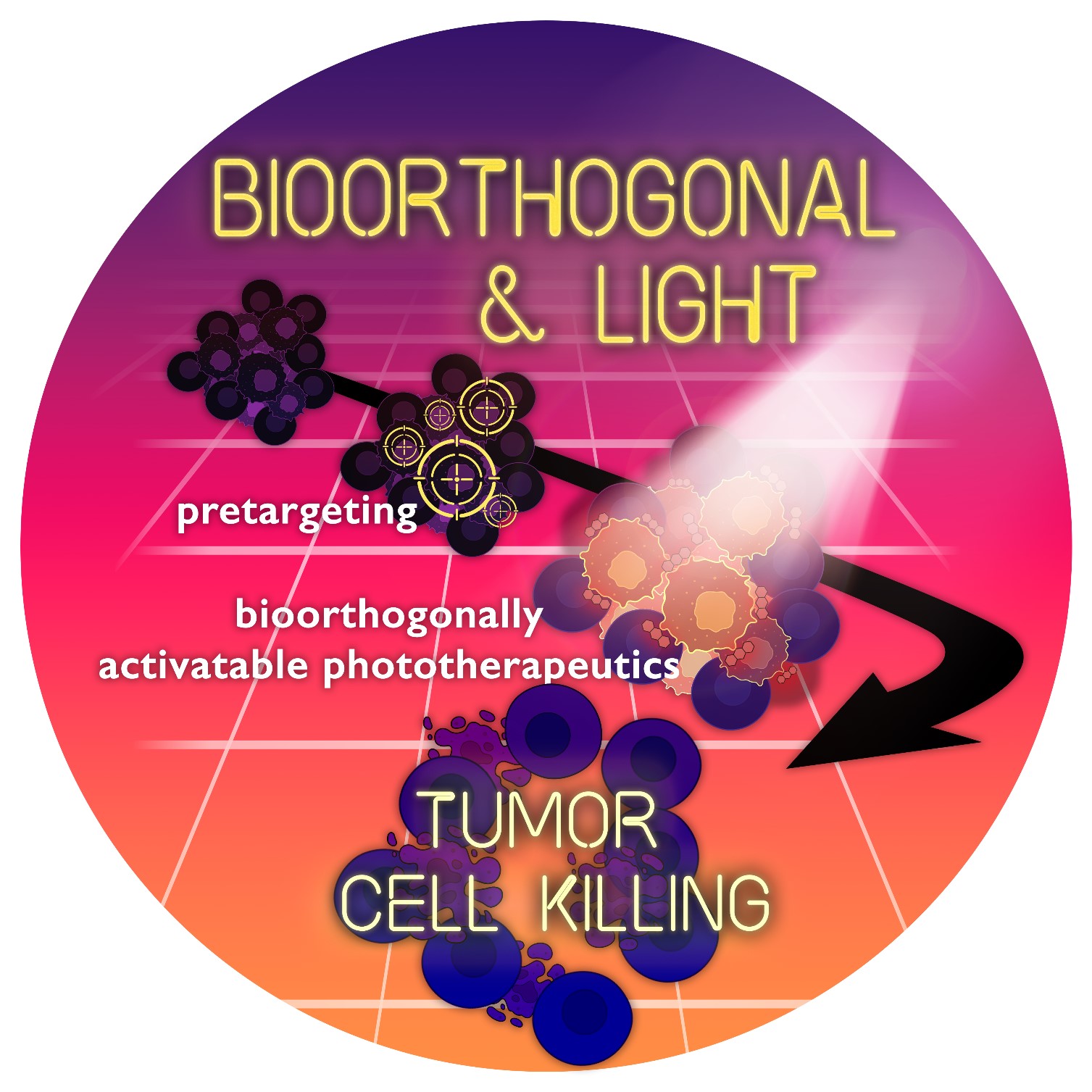The aim of the Momentum Program of the Hungarian Academy of Sciences is to support excellence and strengthen the domestic research base. The Program supports the research of outstanding young talents and high-performing researchers based on innovative, original ideas by providing resources for the exploration of new topics and the establishment and maintenance of emerging research groups.
For the 2024 call for proposals, 128 valid applications were received, of which 21 research groups were awarded a total of 4,391,604,000 HUF.
Among them is the Advanced Momentum proposal of Peter Kele, leader of the Chemical Biology Research Group at the Institute of Organic Chemistry, HUN-REN Research Centre for Natural Sciences, which focuses on the phototherapeutic applications of conditionally activatable photoresponsive systems and received approximately 232,500,000 HUF in funding.
Development of therapies that allow precise targeting of diseased cells with drugs is the foundation of precision medicine. The proposed work aims at exploring a novel, innovative approach that enables spatiotemporally highly controlled activation of therapeutic agents. Our double controlled approach is based on the innovative combination of chemical (selective, biocompatible reactions) and physical regulatory elements (light).
Key elements of the method are light removable blocking groups that disable the activity of a drug. Unique to our approach is that light assisted removal of the photolabile protecting group leading to activation of the drug is only possible if the protecting group is converted to a photoresponsive form in a highly specific biocompatible reaction with the chemical regulatory element accumulated in tumor cells.
We also want to investigate the reversal of the sequence of events, i.e. the activation of the chemical regulatory element that is enriched in tumor cells by light, which allows reaction with a compound that releases the drug subsequently. Combination of the innovative chemical solutions and the concept of conditional photoactivatability outlined by our research team virtually allows us to draw a chemical crosshair onto cancer cells, to significantly increase the selectivity of light activation.
The outlined conditional photopharmacology approach is envisioned to be an important milestone in the field of targeted drug release. Such a combination of light with chemical design may find applications in the treatment of non-operable, hardly localizable, dispersed tumors that are hard if not impossible to treat selectively by other means.

